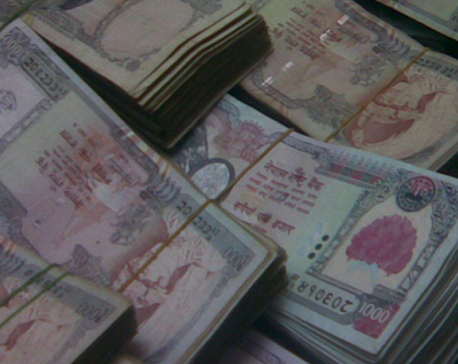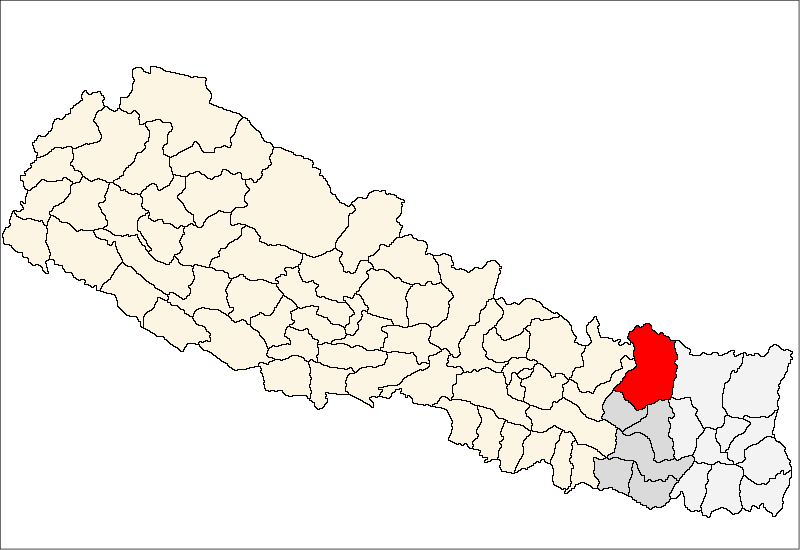
OR
17 banks reduce interest rates for Chaitra except for NIC Asia Bank
Published On: March 13, 2024 11:00 AM NPT By: Republica | @RepublicaNepal

Two banks maintain stability
KATHMANDU, March 13: Most of the commercial banks have reduced the deposit interest rate for the month of Chaitra (mid-March to mid-April). The latest interest rate table released by these banks indicates a decline in the average interest rate for personal term deposits by 0.51 percentage points in Chaitra (mid-March to mid-April) compared to Falgun (mid-February to mid-March). While the average interest rate for individual term deposits across all 20 commercial banks was 7.758 percent in Falgun, it has been dropped to 7.246 percent for Chaitra.
NIC Asia Bank has increased the interest rate on personal term deposits in Chaitra compared to Falgun. It appears that the bank adjusted its interest rates to manage liquidity better after experiencing significant withdrawals due to widespread negative publicity. The bank's highest interest rate for personal term deposits stands at 8.548 percent, effective from Chaitra.
Banks offer interest rates on personal term deposits that are one percent lower for the institutions. While Prabhu and Global IME have maintained their interest rates from Falgun, the remaining 17 banks have reduced theirs. With increased liquidity in the banking system and decreased credit flow, banks have been compelled to lower their interest rates.
In the month of Magh (mid-January to mid-February), the maximum interest rate on personal term deposits reached up to 9.15 percent. In Falgun, the maximum interest rate on deposits of the same nature was reduced to 8.50 percent. For Chaitra, the personal term interest rates of all banks except NIC Asia have fallen below 7.75 percent.
Following the cancellation of the agreement on deposit interest rates from Shrawan (mid-July to mid-August), banks have begun publishing interest rates based on their liquidity requirements in a transparent and competitive manner. Long-term deposits command higher interest rates, while short-term deposits offer lower rates.
As the maximum interest rate for personal term deposits decreases, savings and call deposit rates also automatically decline. Nepal Rastra Bank has mandated that the difference between the upper limit of individual term deposits and the minimum savings interest rate should not exceed 5 percent, leading to a reduction in savings interest rates as well. Additionally, only 50 percent of the minimum savings interest rate can be offered on call deposits. Consequently, as banks lower interest rates across all deposit types, the overall base rate decreases, resulting in reduced loan interest rates.
As interest rates decrease, depositors may choose not to renew fixed deposits and instead opt for savings accounts, thereby increasing the share of savings deposits. Sunil KC, president of Nepal Bankers' Association and CEO of NMB Bank, attributes the declining interest rates to excess liquidity and slower loan demand. "Deposits are increasing, loans are not flowing accordingly, so the interest rate is bound to decrease," he said.
You May Like This

Commercial banks record interest income of Rs 64.76 billion in first four months of current FY
KATHMANDU, Dec 30: Commercial banks have earned Rs 64.76 billion interest in four months of the current fiscal year (mid-July... Read More...

NBA decides not to intervene in individual banks’ decision to fix their interest rates
KATHMANDU, July 14: Commercial banks will be setting the interest rate of deposits on their own as the Nepal Bankers’... Read More...

Borrowing cost unlikely to become cheaper anytime soon
KATHMANDU, Nov 24: The interest rate of bank loans is less likely to fall in the second quarter of the... Read More...




Just In
- NEA Provincial Office initiates contract termination process with six companies
- Nepal's ready-made garment exports soar to over 9 billion rupees
- Vote count update: UML candidate continues to maintain lead in Bajhang
- Govt to provide up to Rs 500,000 for building houses affected by natural calamities
- China announces implementation of free visa for Nepali citizens
- NEPSE gains 14.33 points, while daily turnover inclines to Rs 2.68 billion
- Tourists suffer after flight disruption due to adverse weather in Solukhumbu district
- Vote count update: NC maintains lead in Ilam-2













Leave A Comment